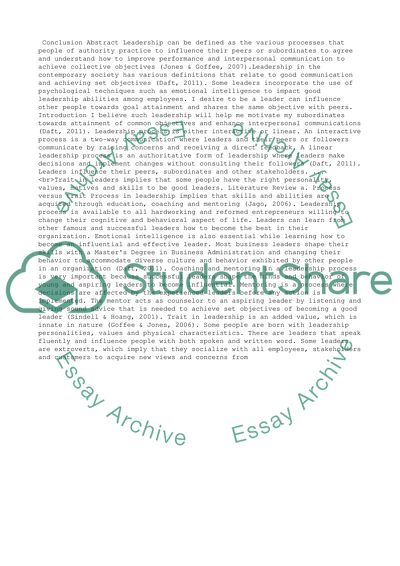Cite this document
(“A Strategic Plan for Personal Development Assignment”, n.d.)
A Strategic Plan for Personal Development Assignment. Retrieved from https://studentshare.org/business/1402492-a-strategic-plan-for-personal-development
A Strategic Plan for Personal Development Assignment. Retrieved from https://studentshare.org/business/1402492-a-strategic-plan-for-personal-development
(A Strategic Plan for Personal Development Assignment)
A Strategic Plan for Personal Development Assignment. https://studentshare.org/business/1402492-a-strategic-plan-for-personal-development.
A Strategic Plan for Personal Development Assignment. https://studentshare.org/business/1402492-a-strategic-plan-for-personal-development.
“A Strategic Plan for Personal Development Assignment”, n.d. https://studentshare.org/business/1402492-a-strategic-plan-for-personal-development.


